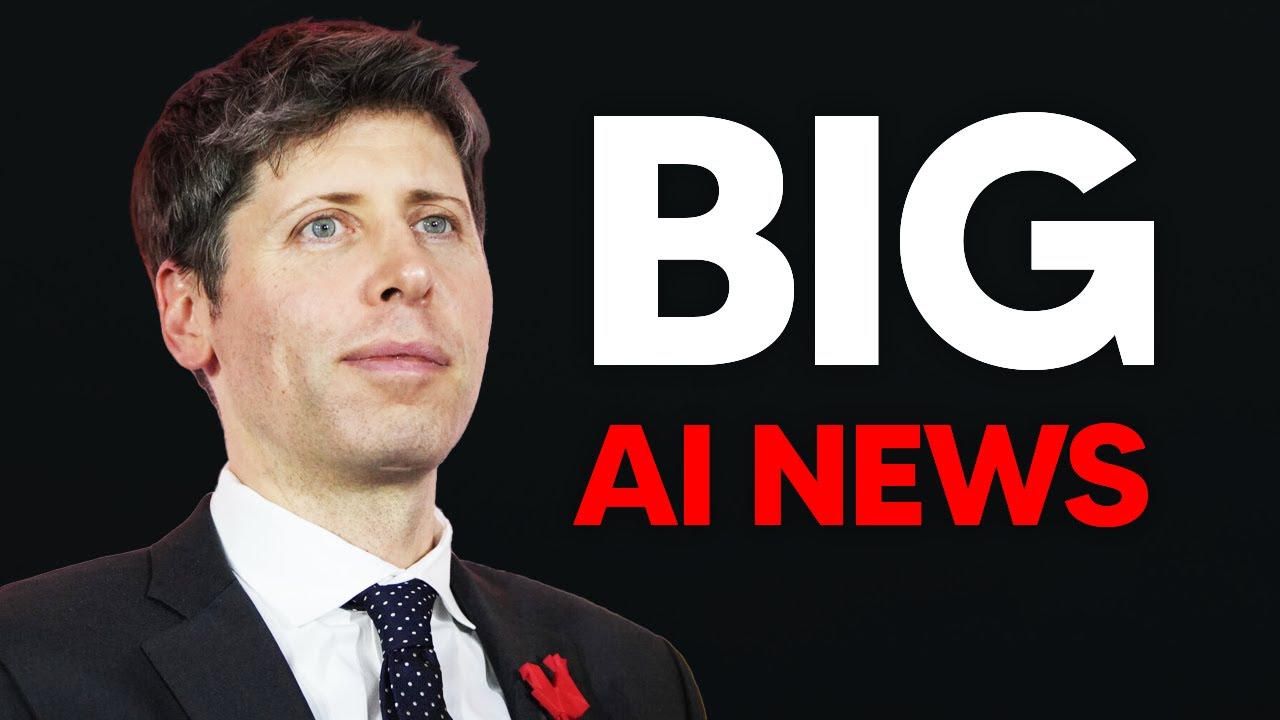The video explores the dynamic AI landscape, highlighting Meta’s strategic challenges, China’s growing AI dominance fueled by superior energy infrastructure, and GPT-5’s groundbreaking mathematical proof that showcases AI’s advancing capabilities. It also covers significant progress in robotics and AI hardware, emerging security concerns from deepfakes, and the accelerating pace of AI development with implications for future embodied AGI and simulated realities.
The video begins by highlighting Meta’s controversial approach to AI, particularly their introduction of personalized chatbots with inappropriate and flirtatious personas, which has sparked significant public backlash. Despite Meta’s strong AI research capabilities and investments, including recruiting top talent with massive signing bonuses, internal restructuring and cultural issues are causing instability. Meta’s AI division is being split into four groups to focus on research, superintelligence, products, and infrastructure, signaling a strategic pivot amid challenges. The company’s previous costly missteps in VR and the metaverse raise concerns about whether Meta can effectively carve out a competitive space in the rapidly advancing AI landscape dominated by players like OpenAI, Anthropic, and Google.
The video then shifts to a geopolitical perspective, discussing how China’s robust energy infrastructure and coordinated national AI strategy may have given it a significant edge over the U.S. in the AI race. Experts returning from China warn that the U.S. needs urgent investment in energy and compute capacity to remain competitive, especially given China’s ability to circumvent export controls and rapidly scale AI systems. This energy and infrastructure gap could mean the AI race is effectively over, with China potentially leading within the next 5 to 10 years. The discussion underscores the critical role of compute power and national strategy in AI development, emphasizing the need for the U.S. to accelerate projects like Project Stargate to maintain leadership.
A major highlight of the video is the surprising breakthrough by GPT-5 in mathematics, where it independently generated a new, correct mathematical proof in convex optimization, marking a first for AI in producing original research-level math. This challenges the narrative that GPT-5 was a disappointment and illustrates that AI continues to push boundaries in complex, specialized fields beyond everyday chatbot interactions. Additionally, GPT-5’s ability to admit uncertainty by stating “I don’t know” is seen as a positive step toward reducing hallucinations, improving reliability in AI responses. The video stresses that while average users may not notice these advances, experts in specialized domains are witnessing significant progress.
The video also covers advancements in robotics and AI hardware, showcasing Nvidia’s new Jetson AGX Orin chip that dramatically enhances robot processing power, enabling more human-like perception and decision-making. Demonstrations from companies like Figure reveal humanoid robots performing complex tasks such as folding laundry and playing table tennis with human-level agility and reaction times. These robots learn new tasks through training data rather than complex redesigns, indicating rapid progress toward versatile, interactive robots that could soon become common co-workers in both digital and physical environments. The integration of AI models with robotics is accelerating the development of practical, embodied AI systems.
Finally, the video touches on broader AI implications and future outlooks, including concerns about authentication security as AI-generated voice and video deepfakes threaten current verification methods. Industry leaders warn of an impending fraud crisis and the need for new authentication standards. The video also discusses AI timelines, with experts emphasizing the exponential nature of AI progress and the difficulty humans have in grasping its speed. It highlights the importance of simulation in developing embodied AGI, as demonstrated by Google’s Gemini 3, which creates photorealistic interactive worlds from images, suggesting we may be closer to advanced AI and simulated realities than previously thought. Overall, the video paints a picture of rapid, multifaceted AI advancement with profound technological, societal, and geopolitical impacts.
